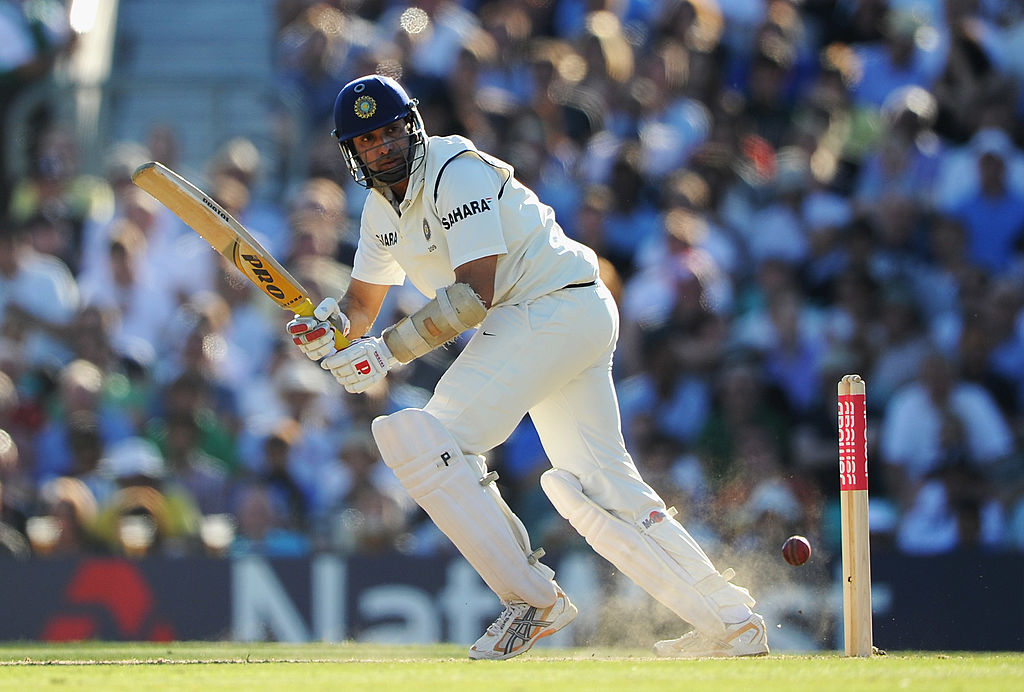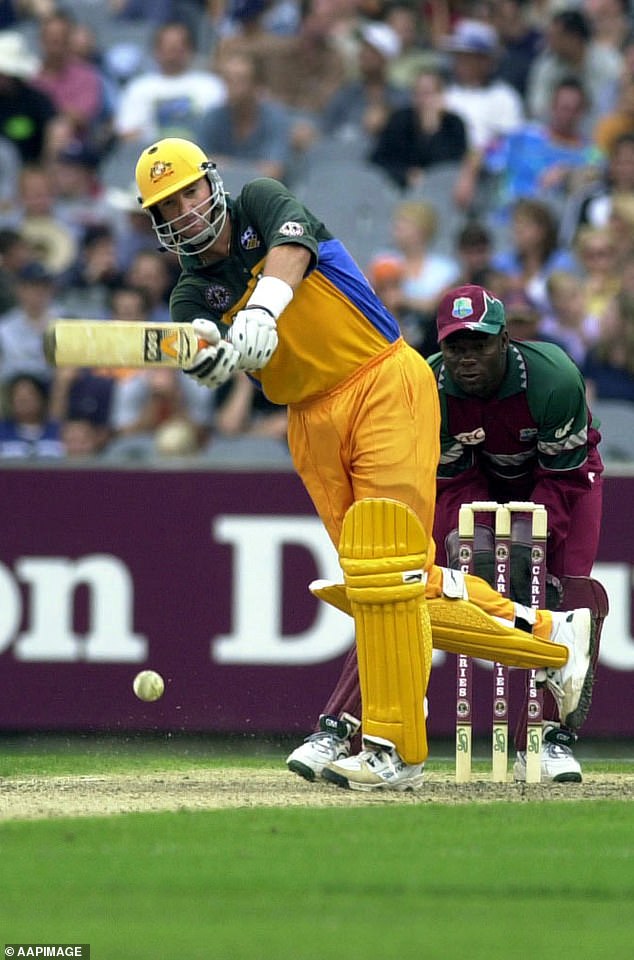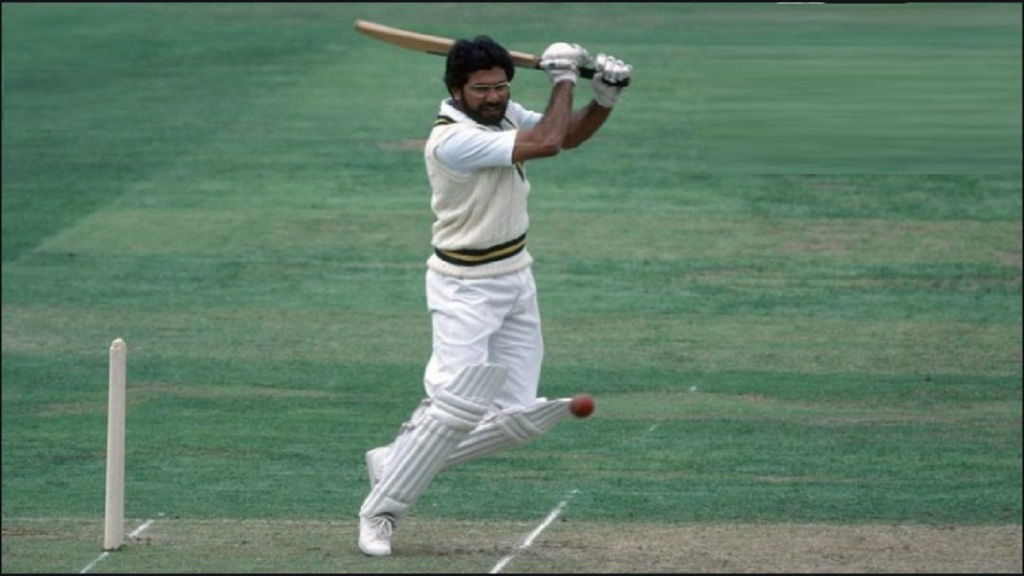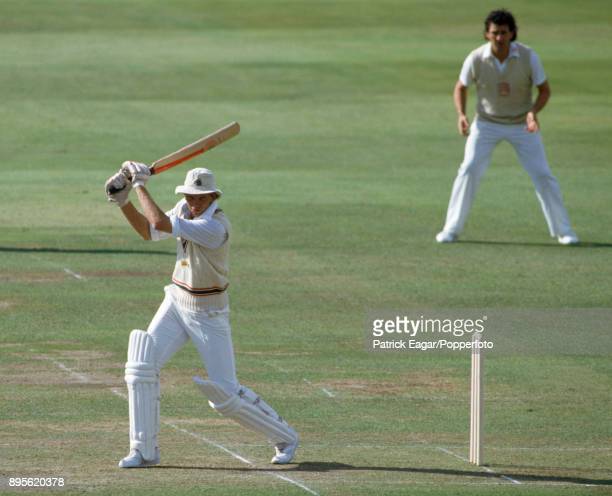A few years ago, I was having a relaxed dinner with one of my channel partners. We had just completed a week of intense senior level market visits and review meetings. There was no appetite, therefore, for discussing business. So, as we journeyed slowly through our delicious 4 course meal, the conversation meandered through various subjects.
We started talking about Cricket and the chat zeroed down on batsmanship. Aware that my Bangladeshi host was a Cricket aficionado, I quizzed him on the most elegant batsman he had watched. Pat came the reply – Zaheer Abbas, David Gower, VVS Laxman & unsurprisingly Mark Waugh! We went on to speak on all aspects of their batting – best knocks, best strokes and their impact on the opposition. The conversation was heading towards a late-night finish when we had to prematurely abort it, thanks to the closure of the restaurant. We bid our farewells and headed back but there were some unanswered questions in my mind that lingered on……
In a history spanning nearly 150 years of international cricket, all sorts of adjectives have been used to praise batting greats – “imperious”, “royal”, “splendid”, “pugnacious”, etc. The craft of these 4 gentlemen, however, has been described by a more contrasting choice of words: “lazy”, “elegant”, “unhurried”, “languid and stylish”. The “effortless” batting styles of the four had a similar impact – tons of runs for their teams and hours of “chasing leather” for their oppositions!
Why were these batsmen so different, yet so similar? What was it about their personalities or cricketing upbringing that made them so? Did these batsmen make a conscious decision to bat this way or did it come naturally to them?
Strong Wrists, Light Bats
Drawing a direct and singular correlation between a cricket bat weight and the ball’s travel distance (on being hit) is comfortable, though flawed logic. Multiple factors – the batsman’s timing, the pace at which the ball is bowled, the wind direction and the point of impact on the bat, among others, determine the distance travelled by the ball.
However, the correlation between the weight of the bat and the way batsmen play stands much better scrutiny. All the above mentioned four gentlemen played with light bats; bats weighing in the range of 1.15-1.2 kgs (2.5-2.6 pounds).
All of them had strong wrists which wielded the light bats like gifted painters on the canvas of the cricket ground. Zaheer Abbas used his powerful and flexible wrists to find gaps in the field with ease. VVS Laxman was able to flick balls from even the off-stump towards the mid-wicket boundary. Gower was known as the ‘king of the off-side’ for his ability to thread the ball through gaps using his supple wrists. Mark Waugh, on the other hand was the finest leg side player of his generation, thanks in no small measure, you guessed it right, to his strong wrists and a light bat.
Playing it late, Playing it well
For a batsman, rushing to play the ball is a sure sign of anxiety. When batsmen are high on confidence and in good form, they tend to allow the ball to “come towards them” rather than go out “searching for it”. All the greats mentioned in this piece stood out for ability to “play the ball late”. They always seemed to have an additional nano-second more than other batsmen, to play their shots. Their movements while playing a delivery also looked more fluid, natural and unhurried.
What gave them the uncommon ability to do that?
Don’t let that Slip!
Why were all these batsmen great slip fielders?
Mark Waugh was regarded by many as the best fielder of his time and held the world record for the highest number of catches till 2009. Though, VVS Laxman was a slow fielder in other positions (due to a persisting knee injury), he was a superb fielder at slip, being the second on the list of catches for India. While David Gower was best known for his fielding exploits in the covers, he was a very reliable slip catcher as well. Zaheer Abbas, too, was counted amongst the best slip fielders of his era.
Hotter the Action, Cooler the Head
Allan Border, Waugh’s first captain in the Australian team, wrote in the foreword of Mark Waugh’s biography: “Mark is very laidback, easygoing, and has never become too frustrated, yet he is as competitive as anyone, and has the rare streak of genius that makes him a very special player”. David Gower was a popular member of the teams he played in due to his relaxed disposition and lively company. VVS Laxman was a popular member of the teams he played in due to his warmth and friendliness, that was a result of his grounded and chilled out nature. His bursts of bad temper were so rare that the video of his rare chiding of a teammate during a tense final day finish of a Test match against Australia went viral. And Zaheer Abbas was known as the Asian Bradman for not just his huge appetite for scoring runs but how he carried himself on and off the field.
The Secret Sauce
I have considered slip fielding specifically because it is considered to be one of the most difficult positions to field at. Being a close catching position, there is very little reaction time available for the fielder. Apart from quick reflexes, agility and the ability to anticipate the trajectory of the ball, fielding at slip requires immense powers of concentration, over long periods of time. You have to watch every ball and expect every single ball to come to you. Great slip fielders keep an eye on the trajectory of the ball – all the way from the bowler’s hands till it reaches theirs. Fielders must have the ability to switch off between deliveries and re-focus again, and again, upto sometimes 540 times a day. Doing this successfully, ball after ball in difficult weather conditions – heat and dust of South Asian grounds and cold weather conditions in New Zealand and England, etc requires a super human ability of being in the state of ‘Relaxed Awareness’.
The four greats were masters of this – an ability that enabled them to “play late”, “have all the time in the world to play their shots” and “wait for catches and not grab at the balls”. It was this ability that kept them calm and unhurried in those few seconds, when the ball was headed towards them – while at slip or at the batting crease.
So where did this ability come from?
Hours of practice spent fine tuning footwork, head position and hands deserve credit. Their relaxed personalities and light bats definitely helped. But these are not actions or attributes unique to the four. There have been plenty of batting greats with ‘relaxed’ personalities, light bats and strong work ethics.
There was, however, a secret skill these 4 possessed which was unparalleled in their individual eras. I believe, the skill was the ability to breathe better than others. Yes, you read it right! BREATHING! Rather DEEP BREATHING! At critical moments, this great skill helped them lower their heart rates to a few bpm below and maintain it there a bit longer than many of their better-known peers. Deep breathing relaxed the muscles enabling fluid movements of feet, hands and shoulders at the point of contact with the ball , at the crease and in the slips. Better control over their breathing helped them stay in the present longer. In short they were able to stay longer in the state of relaxed awareness longer. While the movements looked “relaxed”, “uncomplicated” and “lazy”, to the naked eye, there was a complicated cardio-vascular science at work behind it.
So, did they work on their breathing more than others? That’s a discussion for another day. Do drop a comment to let me know what you think. I would love to know.



